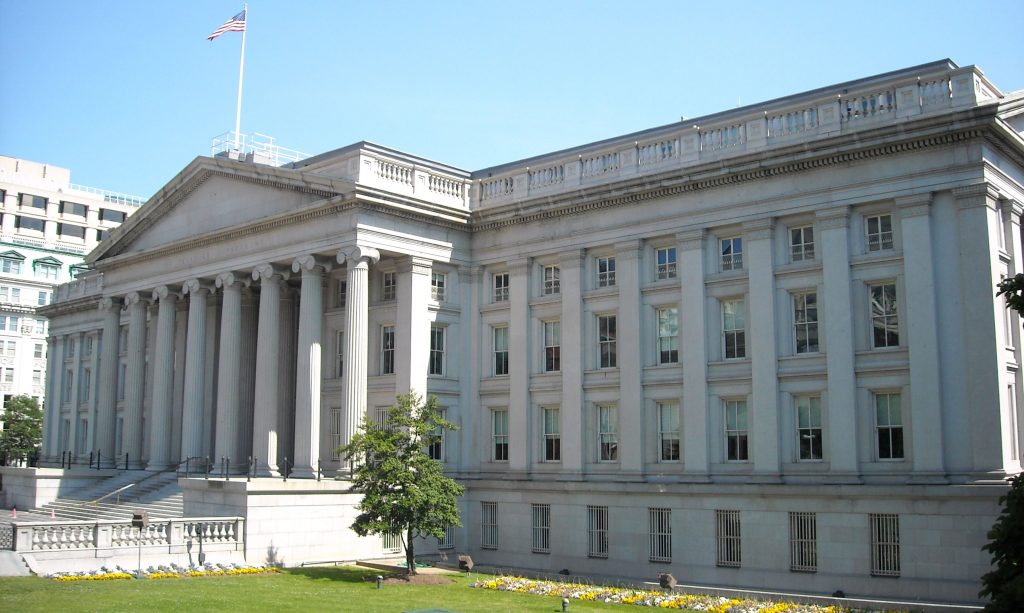
More money (and lots of it) will soon be available for digital inclusion work, and no, we’re not just talking about the infrastructure bill.
This week, the US Department of the Treasury released its long-awaited guidance for how states, territories, freely associated states, and Tribal governments can spend the $10 billion allocated in Section 604 of the American Rescue Plan Act (ARPA) for Capital Projects. Truth be told, we at NDIA fully expected these funds to be solely dedicated to funding broadband infrastructure projects. Luckily, we were wrong!
Not only can the funds be used for digital inclusion projects, but the guidance sets new (and exciting!) precedents for how governments should holistically address the digital divide by emphasizing the importance of simultaneously investing in expanding access to high-speed broadband and ways to increase its adoption and use.
Here is our interpretation of the guidance, and a few things that stood out to us. We also strongly encourage you to read it before reaching out to the grantee in your state, territory, or Tribe.
Capital Projects Fund Overview
Eligible applicants for the Capital Projects Fund are states, territories and freely associated states, and Tribal governments. While not a competitive grant program, states, territories and freely associated states are required to submit an application and a grant plan to receive their allocated Capital Project Funds. Once applicants receive their funds, they can sub-award funds to other levels or units of government, nonprofits, or private entities. The guidance allows for multiple uses of the funds, and thus we expect many eligible applicants will have multiple projects and multiple sub-grantees.
Fund Recipients may use grant funds for “critical Capital Projects that directly enable work, education, and health monitoring, including remote options, in response to the public health emergency.” This means the project can be anything (with a few exceptions–roads, bridges, transit systems, etc.) that meets the following three criteria:
- The Capital Project invests in capital assets designed to directly enable work, education, and health monitoring.
- The Capital Project is designed to address a critical need that resulted from or was made apparent or exacerbated by the COVID-19 public health emergency.
- The Capital Project is designed to address a critical need of the community to be served by it.
Even though a wide net is cast, Treasury anticipates most recipients will use the funds for broadband projects so they presume three types of projects are eligible:
- Broadband Infrastructure Projects
- Digital Connectivity Technology Projects
- Multi-Purpose Community Facility Projects
A Few Things to Know
The guidance repeatedly encourages applicants to include digital inclusion activities that promote digital equity with the Capital Projects Fund award. For instance, the guidance for the “Broadband Infrastructure Projects” contains a remarkable number of requirements for the projects that would increase the affordability of the service for consumers.
While more detail exists for the three eligible project types outlined in the guidance, and we recommend you read the guidance closely, here are some highlights:
- Projects limited to education are not eligible, instead they must directly enable work, education, and health monitoring.
- The critical need can be something that was made apparent by COVID. The digital divide was made apparent by COVID! Applicants do not need to prove this, see page 9.
- Funds cannot be used to purchase phones.
- Digital literacy training, digital navigation, and digital inclusion services are eligible if they are part of a project requesting funds for use of capital assets (property which is owned).
- Funds can be used to “construct or improve” libraries, community health centers, or full-service community schools — gigabit internet, public Wi-Fi, and lendable computers would be an “improvement” for many libraries, community health centers, and full-service community schools.
A Few Examples of Eligible Projects
As projects must meet three criteria to be eligible, “investing in capital assets” among them, here are a few examples of what that could look like:
- If an applicant requests funds to purchase computers (a capital asset) to lend through libraries, then digital literacy, technical support, and digital navigation would also be allowable expenses.
- If an applicant requests funds to build a gap network and addresses affordability through the network, they could also invest in community engagement and broadband adoption efforts to support subscription to the network.
- If an applicant requests funds to wire all libraries and community health centers with fiber, they could also invest in digital navigation and digital literacy courses.
How to Take Action
Local digital inclusion programs that need funding and can meet the eligible uses of this Capital Fund, should talk to their state broadband offices (Don’t know your state office? Find yours here) and state elected officials.
Some states may opt to use the Capital Projects Fund for programs or initiatives they’ve already outlined in their state budgets or through previously passed legislation. Others may not have defined how they intend to utilize the funds.
Who makes these decisions will also vary by state – it could be your governor, state legislature, state broadband office, or some combination of all three. We recommend starting with those you have relationships with, and then expanding from there. Applicants have a short window to submit applications (December 2021), so we recommend talking to your state leaders sooner rather than later.
While complex, the guidance provides a roadmap for state, territories, and Tribal governments to holistically and simultaneously address all facets of the digital divide.
